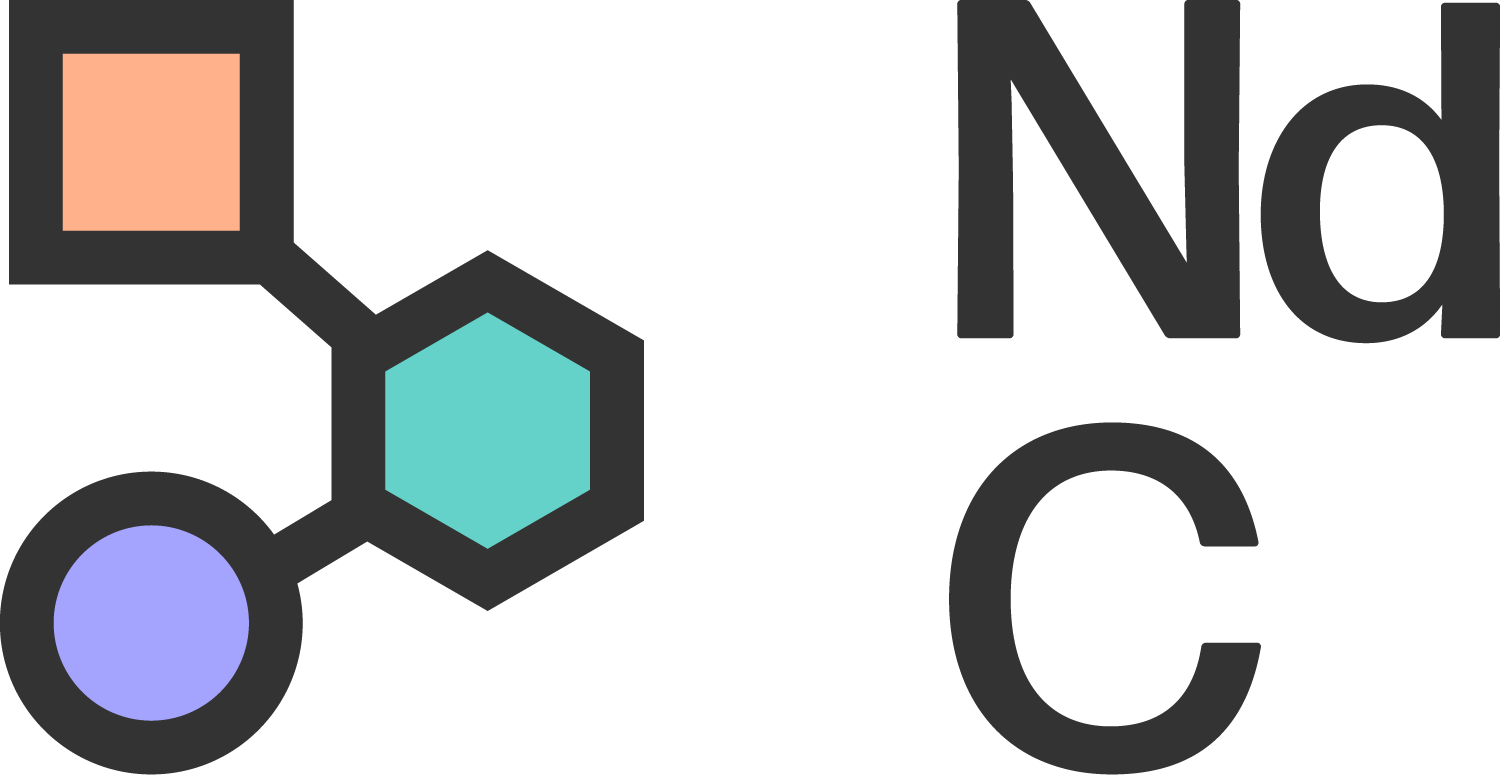To disclose, or not to disclose?
Warda Farah examines four key aspects of a difficult question faced by many Neurodivergent individuals: whether or not to disclose their diagnoses at their place of work.
Our workplaces can be either a supportive environment or a potential source of stress for individuals who are neurodivergent. One critical decision many neurodivergent individuals face is whether to disclose their diagnosis during occupational checks at work. This decision is not without its complexities, as it involves issues related to labeling, self-disclosure, and fears of discrimination. In this blog, we will delve into these aspects and provide insights into navigating this important decision-making process.
1. The Power of Labels
Labels have a significant impact on how we perceive ourselves and how others perceive us. When it comes to disclosing neurodivergence, individuals are often torn between the desire to accurately represent themselves and the fear of being reduced to a stereotype. Labels can be empowering, helping individuals find a community, resources, and understanding. However, they can also be limiting, perpetuating misconceptions and potential bias. The decision to disclose hinges on how comfortable one feels with the label and its implications in the workplace.
2. The Dilemma of Self-Disclosure
Self-disclosing one's diagnosis can be a liberating yet challenging step. On one hand, it can foster an environment of open communication, allowing colleagues and employers to better understand an individual's needs and preferences. This can lead to personalised accommodations, reduce misunderstandings, and improve working relationships. On the other hand, self-disclosure can also make an individual vulnerable to unintended prejudice or discrimination. The fear of being treated differently, excluded, or not given equal opportunities is a valid concern that many neurodivergent individuals grapple with.
3. Fear of Discrimination
Fear of discrimination is a powerful factor that often discourages neurodivergent individuals from disclosing their diagnosis. Discrimination can manifest in various ways, from subtle biases to overt exclusion. While anti-discrimination laws exist to protect employees with disabilities, the reality is that discrimination still occurs, albeit often in more subtle forms. The decision to disclose thus becomes a complex calculation of potential benefits against potential risks.
4. Steps to Informed Decision-Making
Making an informed decision about disclosing a diagnosis during an occupational health check involves careful consideration and planning:
Know Your Rights: Familiarize yourself with the anti-discrimination laws and policies in your country and workplace that protect individuals with disabilities.
Assess Your Work Environment: Evaluate your workplace culture. Is it inclusive and accommodating? Have there been instances of discrimination or lack of understanding in the past? This can give you an idea of how safe it might be to disclose.
Consult Trusted Sources: Seek advice from mentors, peers, or advocacy groups within the autism community. They can offer insights based on their experiences and help you make an informed decision.
Consider Timing: Think about when it's appropriate to disclose. It might be during the hiring process, during orientation, or when you feel more comfortable with your colleagues.
Explore Partial Disclosure: You don't have to disclose everything about your diagnosis. You can choose to share only what's relevant to your work environment.
Conclusion
The decision to disclose during an occupational check is a personal one, influenced by individual experiences, workplace culture, and the desire for understanding. While the fear of discrimination is valid, many organizations are taking steps towards inclusivity and understanding. Labels, although powerful, should not define you entirely. As we move forward, fostering open dialogue about neurodivergence/disabilities can lead to workplaces that are more accepting and accommodating for all.

